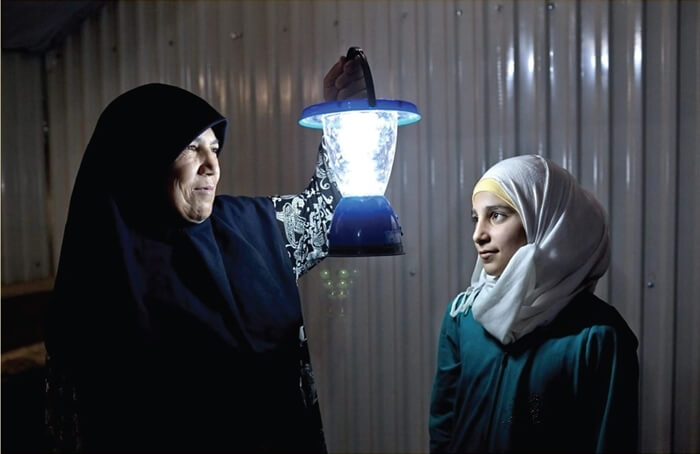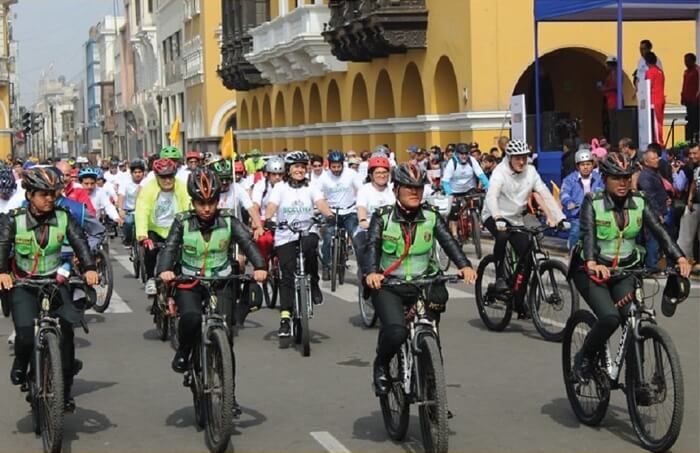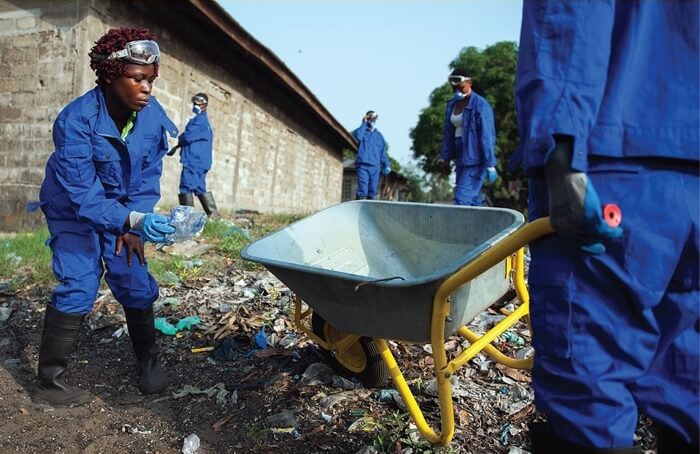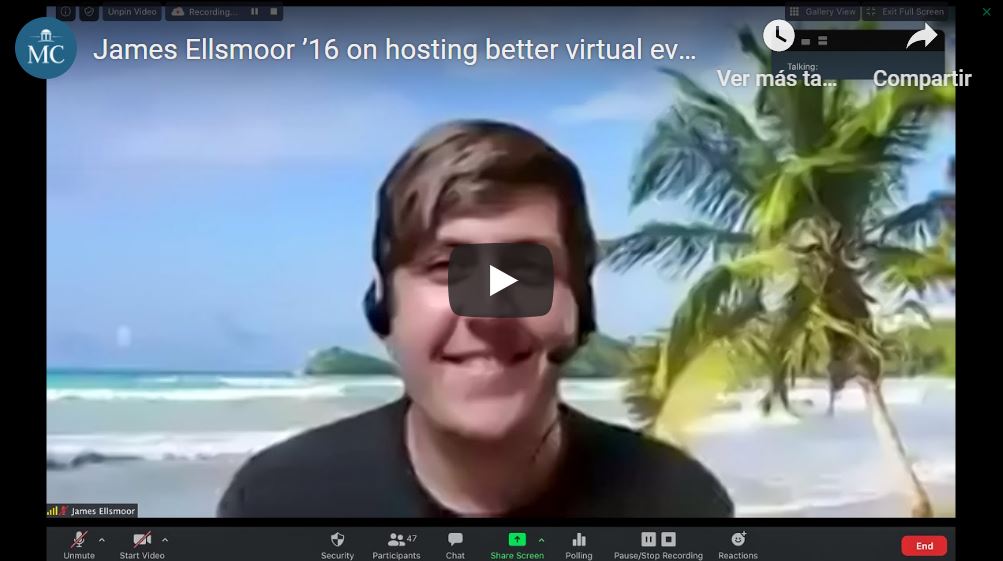
Session Replay:
SHARE
Description:
The ICE project tackles the key challenge faced by the Channel area in reducing the energy vulnerability of the region. Isolated territories such as islands and peripheral communities of the Channel area are either located at the end of energy distribution networks or depends mainly on fossil fuel generation which can be expensive and vulnerable to supply issues. In this context, Ushant island (850 inhabitants) has a strong and demanding objective: reach 100% renewable by 2030 with a checkpoint at 50% in 2023 while ensuring quality and without undermining the security and reliability of the electric grid.
The ICE project aimed to provide routes to set up a smart grid in Ushant comprising local renewable energy productions, including the first tidal turbine connected to the grid in France, with automated management of the energy mix by an Energy Management System and an electricity storage battery. The smart-grid also includes a communication infrastructure using LoRa technology, allowing continuous feedback of consumption and air quality information in public buildings. At the same time, this infrastructure disseminates information in real time on the state of the electricity network, enabling residents to shift their consumption, or even plan and automate electricity consumption such as heating or domestic hot water production.
Session Speakers:

Session: Intelligent Energy Solutions for Isolated Territories: The Ushant Case Study
Sébastien Dalmas
Partner, EDENWAY

Session: Intelligent Energy Solutions for Isolated Territories: The Ushant Case Study
Hélène Morin
Head of European Affairs, Bretagne Développement Innovation

Peter Connor
Senior Lecturer in Renewable Energy Policy, University of Exeter, UK

Helen Smith
Senior Lecturer in Renewable Energy at the University of Exeter, UK

Session: Intelligent Energy Solutions for Isolated Territories: The Ushant Case Study
Phedeas Stephanides
Senior Research Associate, University of East Anglia, UK

His understanding of innovation as a business process was developed during four years at the think tank “Centre for Exploitation of Science & Technology (CEST)” in London. His previous industrial experience includes engineering design and project management within the offshore energy industry, based in UK, Norway and Italy.
He holds engineering degrees from Cambridge University, Imperial College (London) and Cranfield University. He is a Chartered Engineer, and Fellow of the Institution of Mechanical Engineers and of the Institute of Marine Engineering, Science & Technology. He has served in several non-executive roles including Board member at the Environment Council.
Jonathan Williams
CEO, Marine South East

Hélène Vente
Information Manager, Ærø EnergyLab

Gwendal Vonk
Project Manager at SDEF, France
Sponsored by:











